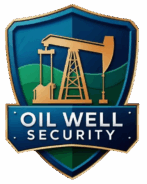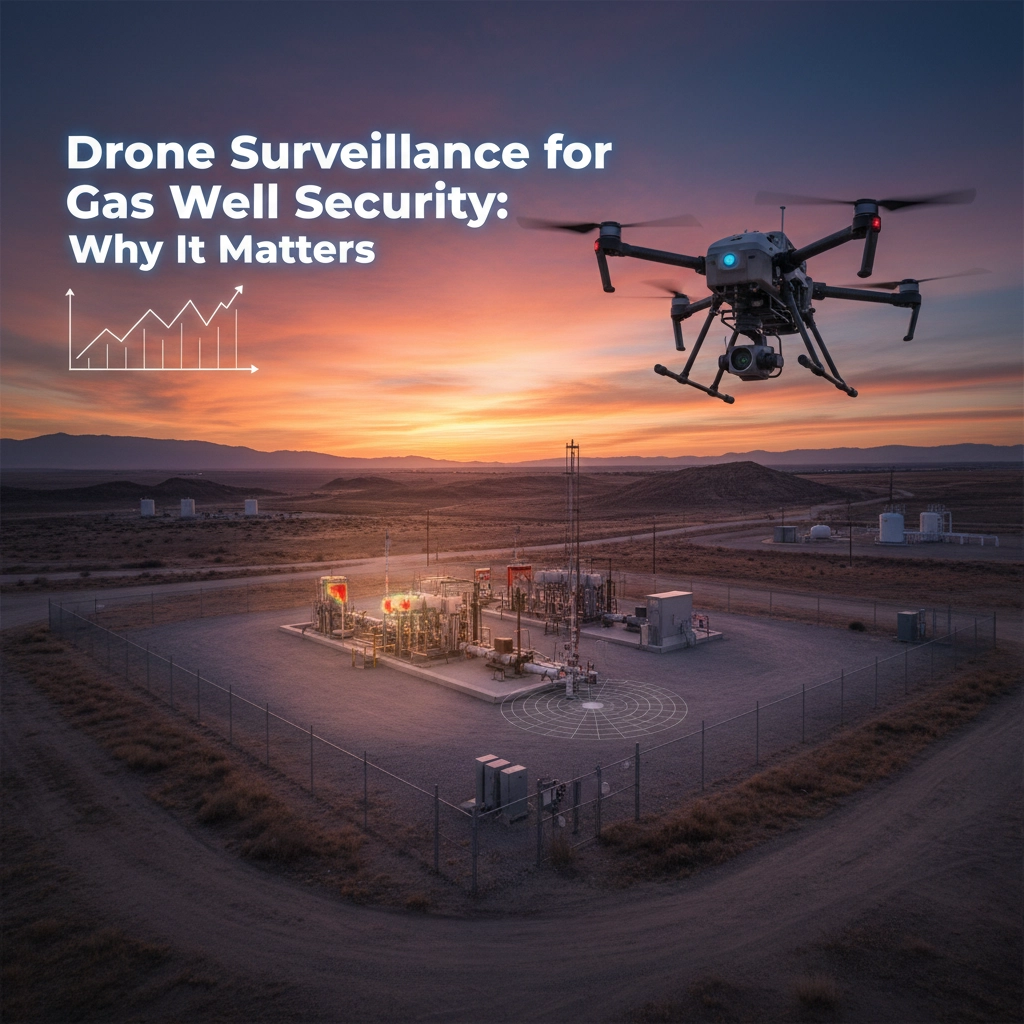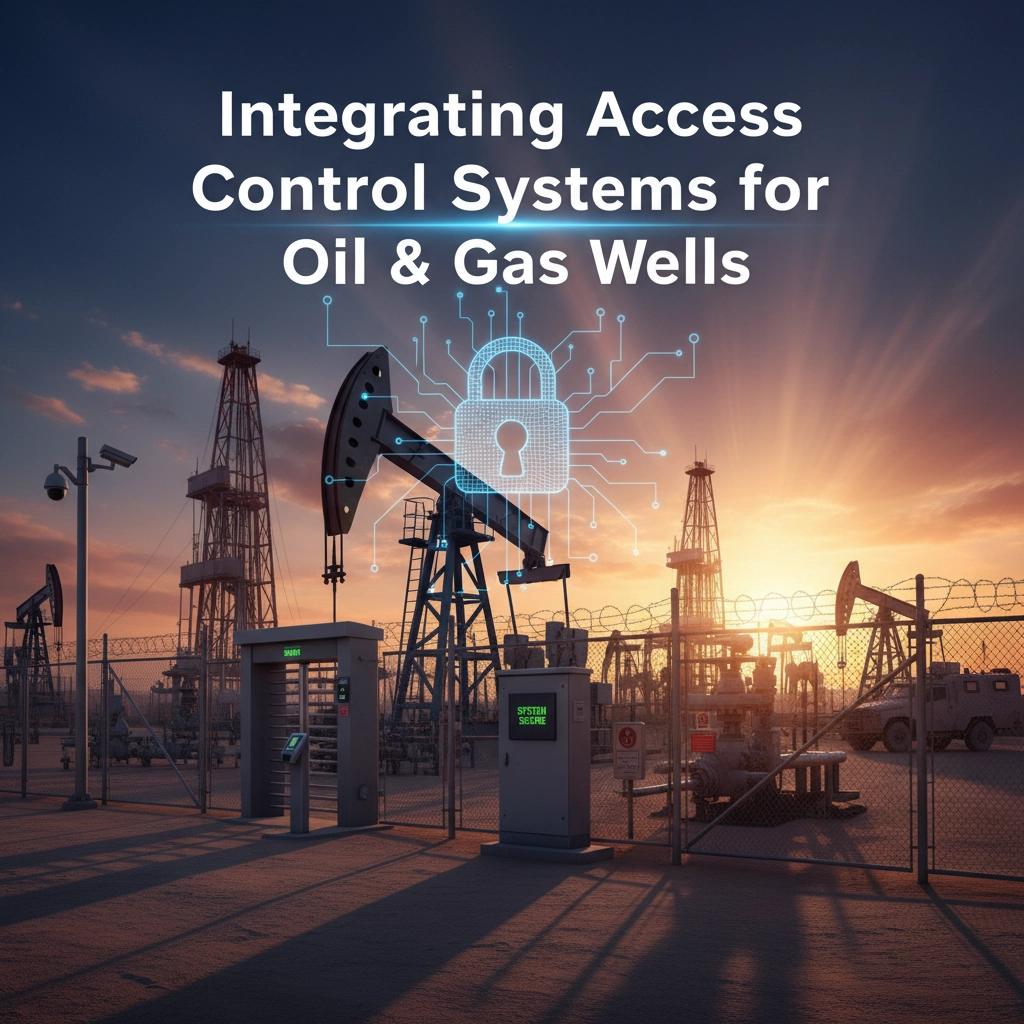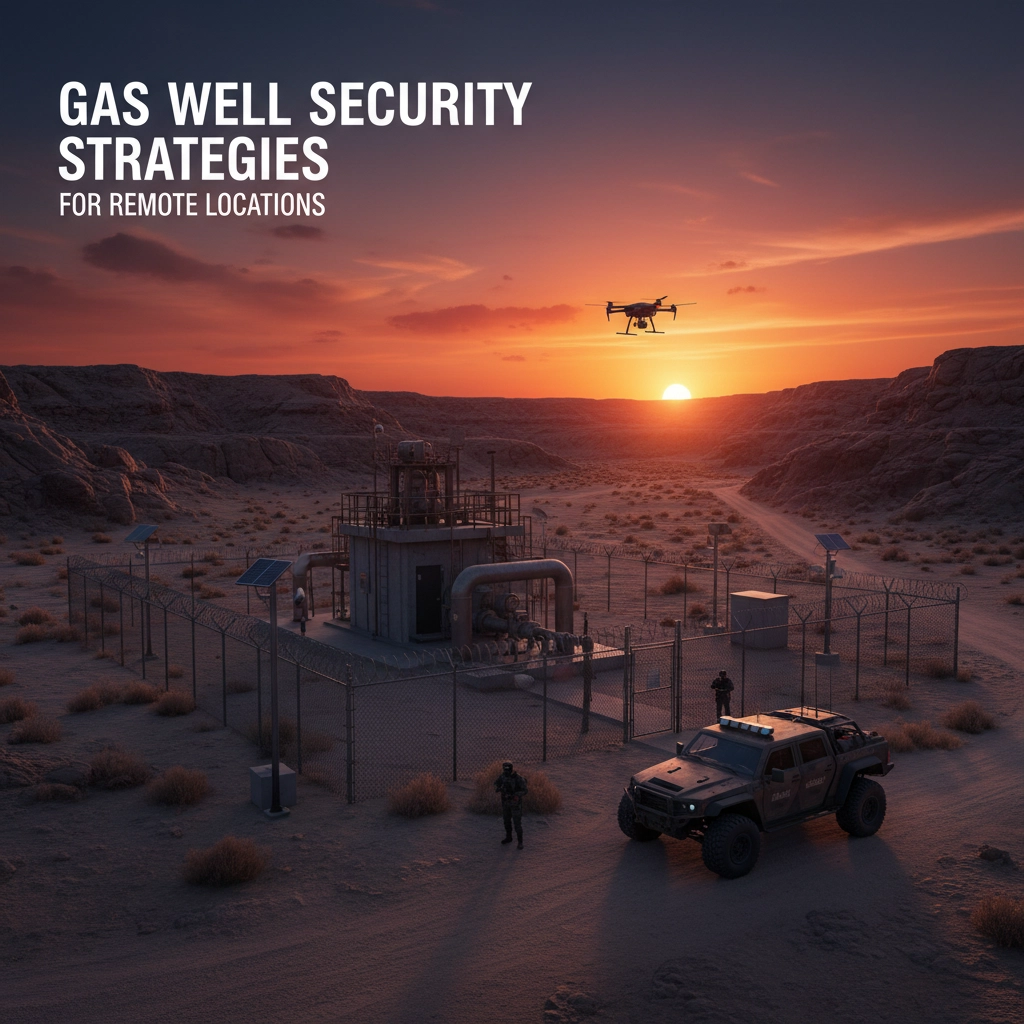Most security teams think protecting gas wells requires boots on the ground… until they see what happens when drones take over surveillance duties. What once took days of dangerous manual inspections now happens in hours with zero human risk exposure, and the results are transforming how energy companies protect their most valuable assets.
If you've ever wondered how modern gas well operations maintain security across vast, remote territories while keeping personnel safe, you need to understand the drone revolution happening right now in energy security.
Why Traditional Gas Well Security Falls Short
Your current security approach likely involves human patrols walking dangerous catwalks, climbing towers in toxic environments, and manually checking equipment that could fail catastrophically at any moment. This outdated method puts lives at risk while leaving massive security gaps across your facility perimeter.
Traditional inspection methods require shutting down operations for extended periods, with downtime costs reaching up to $5 million per day in losses. When your security team needs to physically access every corner of a gas well facility, you're not just risking human safety: you're hemorrhaging money through operational inefficiency.
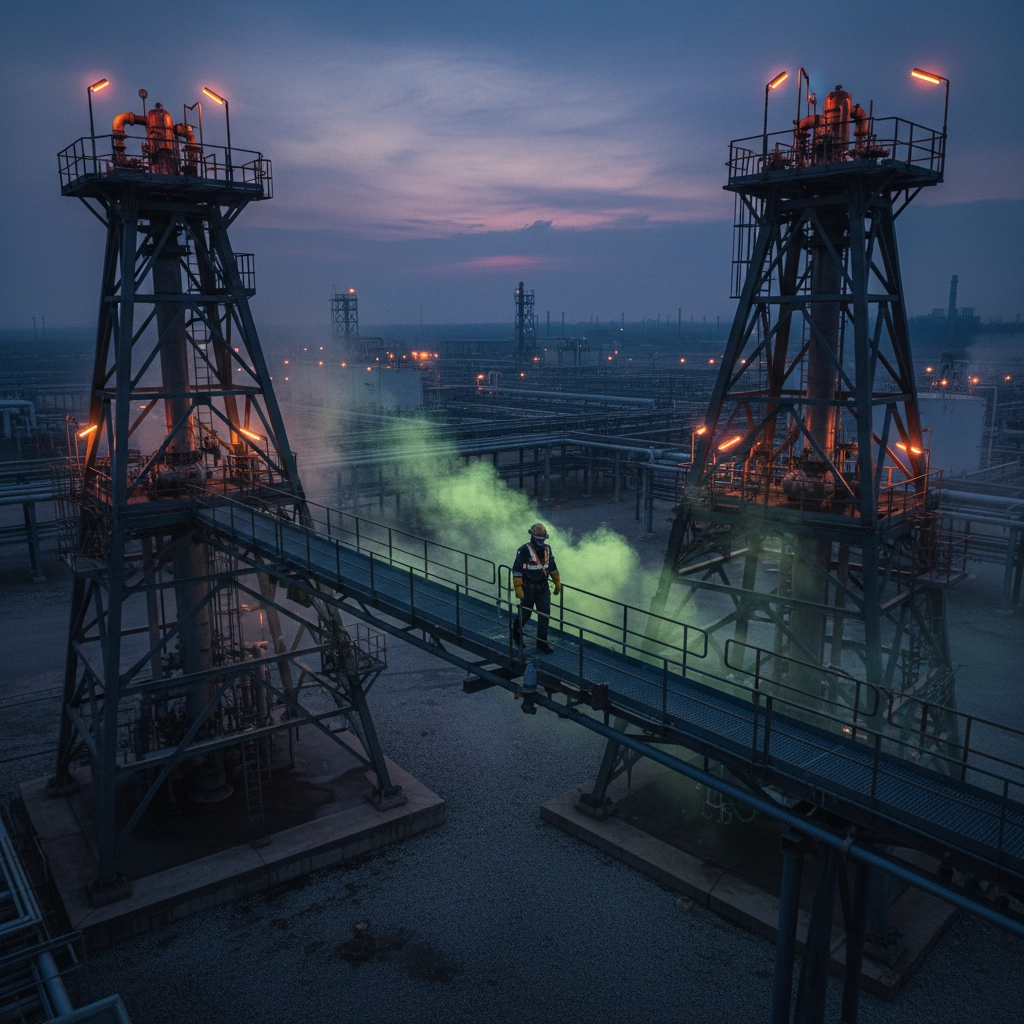
The September 2019 drone attacks on Saudi Aramco's facilities proved that conventional security measures can't defend against modern aerial threats. Those attacks halved Saudi Arabia's oil output and demonstrated the catastrophic vulnerability of traditional perimeter security systems.
The Game-Changing Power of Drone Surveillance
Picture this: your entire gas well facility monitored 24/7 with real-time threat detection, leak identification, and equipment monitoring: all without a single person entering hazardous areas. Now what if I told you this technology reduces inspection time by 75% while delivering more comprehensive data than any human team could gather?
Drone surveillance systems provide constant 3D monitoring across your entire operation, detecting and classifying multiple threats simultaneously. Your security team gets instant alerts when unauthorized personnel, vehicles, or aircraft approach your facility, enabling rapid response before damage occurs.
Critical Safety Benefits You Can't Ignore
The one thing traditional security companies never tell you about gas well protection is how much human risk you're accepting unnecessarily. Drones eliminate the need for personnel to climb tall ladders, navigate catwalks, or work in close proximity to toxic chemicals and dangerous equipment.
Your workers no longer need to rappel down great heights or operate heavy machinery in hazardous environments. Drones fly through toxic atmospheres and reach dangerous elevations with ease, keeping your team safely on the ground while gathering critical surveillance data.

When you deploy drone surveillance, you're not just improving security: you're potentially saving lives. Every inspection that happens remotely is one less opportunity for workplace accidents, chemical exposure, or equipment-related injuries.
Advanced Threat Detection Capabilities
Modern drone systems don't just watch your facility: they actively hunt for security breaches using multiple sensor technologies working in perfect coordination. Your surveillance network becomes a proactive defense system rather than passive monitoring equipment.
Thermal imaging reveals equipment overheating, insulation degradation, and human intrusions invisible to standard cameras. Gas detection sensors identify leaks and emissions across vast areas that ground-based teams couldn't efficiently cover. Multi-spectral cameras capture evidence and track movement patterns that help you understand security vulnerabilities.
Environmental Protection and Leak Detection
With nearly 500,000 hydraulically fractured gas wells across the United States, leak detection isn't just about security: it's about environmental responsibility and regulatory compliance. Drones equipped with highly sensitive optical sensors and gas detection technology monitor emissions across critical sites and large areas that traditional methods simply can't cover effectively.
Your drone surveillance system discovers and locates pipeline blowouts and equipment failures, enabling quick repairs that reduce environmental damage and public safety risks. This comprehensive monitoring approach prevents small issues from becoming environmental disasters or safety hazards.
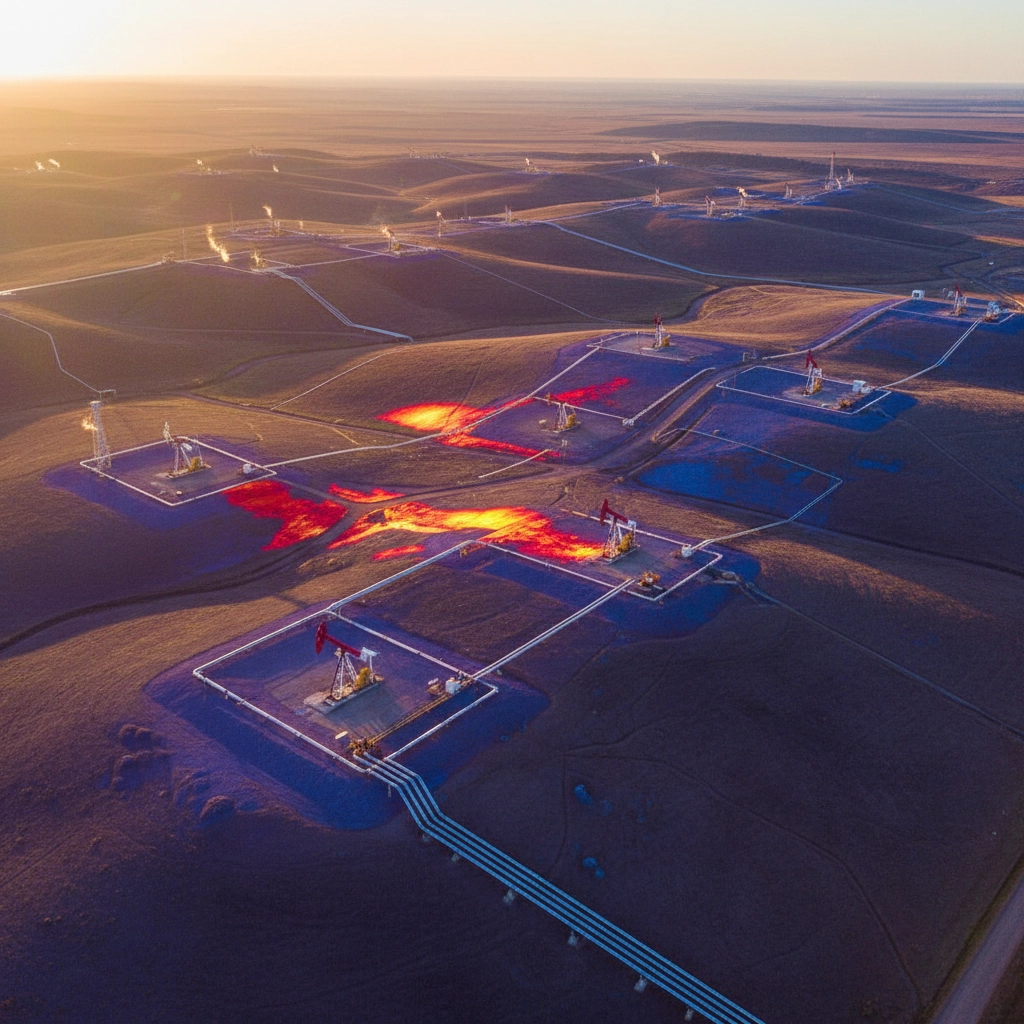
Pipeline leaks cost the global market an estimated $37 billion annually. When your drone system detects potential failures early: preventing individual leaks that can cost companies up to $1.5 million each: the return on investment becomes immediate and substantial.
Operational Efficiency and Cost Savings
Here's what 97% of gas well operators discover after implementing drone surveillance: inspection times drop from multiple days to one or two days, saving at least $20 million in losses per inspection cycle. Your operations become more efficient while your security becomes more comprehensive.
Drone-based surveillance delivers exhaustive, round-the-clock data collection in real-time, providing information no human team could gather through traditional monitoring methods. This constant surveillance allows your operations team to identify significant trends and optimize future performance based on comprehensive data analysis.
Real-Time Response and Command Integration
Your security command center transforms when drone surveillance integrates with existing systems. Instead of waiting hours for patrol reports or inspection updates, you receive instant data streams that enable immediate decision-making and rapid threat response.
Drones deploy immediately to investigate alerts, bringing critical data on-demand while significantly reducing the potential for undetected failures or security breaches. Your response times shrink from hours to minutes, and your situational awareness expands from limited ground-level perspectives to comprehensive aerial intelligence.

Implementation Strategy for Maximum Impact
Start your drone surveillance program by identifying your highest-risk areas and most critical assets. Focus initial deployment on perimeter security and equipment monitoring zones where traditional surveillance creates the most operational challenges.
Integrate thermal imaging, gas detection, and high-resolution visual capabilities from day one. Your surveillance system should capture multiple data types simultaneously, maximizing the intelligence value of every flight while building comprehensive baseline data for future comparisons.
Train your security team to interpret drone data and coordinate response protocols with aerial surveillance inputs. When your ground-based security personnel understand how to leverage drone intelligence, your overall security effectiveness multiplies exponentially.
The Technology Investment That Pays for Itself
Even drone systems costing $25,000 or more deliver immediate return on investment when they prevent a single major incident. Your surveillance capabilities expand dramatically while your operational costs decrease through reduced downtime and improved inspection efficiency.
The combination of rapid deployment, advanced sensors, real-time data collection, and autonomous patrol capabilities makes drone surveillance indispensable for modern gas well security infrastructure. You're not just buying equipment: you're investing in a comprehensive security transformation that addresses safety, environmental protection, and operational efficiency simultaneously.
Ready to revolutionize your gas well security with cutting-edge drone surveillance? Contact Oil Well Security today at info@oilwellsecurity.com or call (970) 465-2525 to discuss how our advanced security solutions can protect your critical infrastructure while reducing operational risks and costs.
